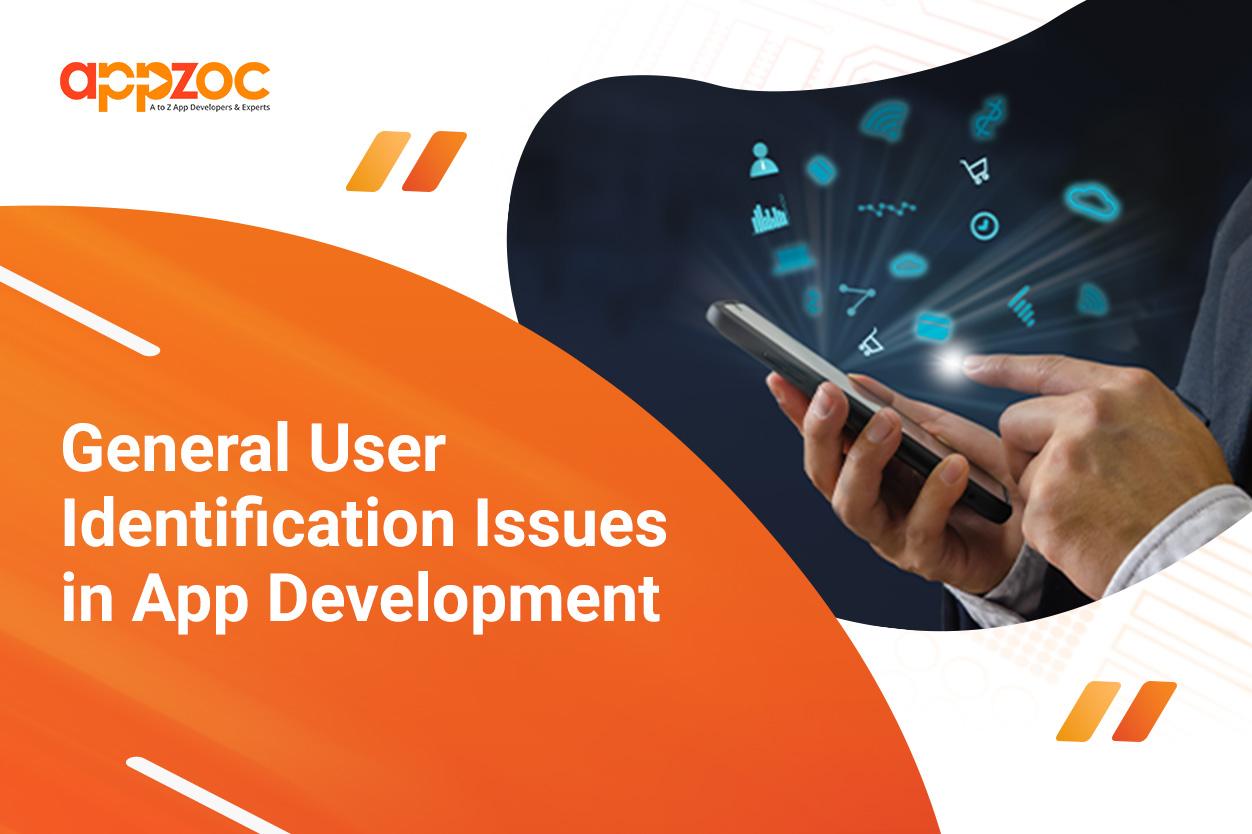
Flutter
Make the most of this cutting-edge technology by developing apps quickly! Our Flutter solutions have amazing features that can be used to create sleek, high-performance apps that can scale seamlessly across platforms.

There are countless smartphone apps available globally today and the numbers keep growing. There are just a few services that humans actually require and if you can understand this the work is half done. Despite the low need, there is always a noticeable tendency for some mobile app developers to design solutions for fictitious demands. So it seems sensible that there is some sort of scope or competition that these entrepreneurs would like to dive into. Have you ever realized what can make your smartphone stand out on the market? If so, that is good. Next, you need to think about the General User Identification Issues in App Development. Sometimes; these small aspects are missed out when the development phase is undertaken. Here, we can explore the various aspects so that you can recognize the pitfalls and make the necessary changes at the right time.
Security flaws can be easily found in the authentication process and also certain authorization procedures can get complicated if not done right. They actually have been noticed as a common problem in the OWASP Top 10 listings.
A fairly large chunk of mobile applications use some form of user authentication at some point time in the mobile app. Though it has been noticed that some of the backend service done by mobile app developers involves a reasonable amount of logic to ensure that app management is done at its finest, there are still issues popping in. That automatically causes issues in the authentication process too. Therefore it is very important to understand how authentication is executed in a preplanned manner. If this crucial component is done right, then it will save the working of a large majority of mobile app development and technological architectures.
We’ll talk about common authentication topics and certain top concerned authorization structures. Here, the dangers pertaining to that will also be understood to a fair extent. Since the fundamental concepts are the same on iOS smartphones and Android mobiles, you just have a common understanding of this. For instance, if you look at the Local type and the biometric styled authentication, both are known to have OS themed authentication.
It is true that most mobile apps and websites need auto fill forms to make their work a lot easier. Plus, another aspect is that they can take in a lot of information through this pre- prepared form. So, work is less when it comes to the company. In the case of eCommerce platforms, chat venues, or any mobile app, you need to collect information. This will help you connect with the users, and send them periodic promotional content. This is part of your marketing process. For instance, let us look at the latest food delivery apps. There are some mobile apps that make you manually enter the full address and that can be very time consuming. Plus, if you are not aware of the spellings and other minor details, this can be really irritating, instead if you have intuitive and AI based software, it can list down all the possible locations to fill. You just need to edit the portions that need a change, So, the fill up process is complete within 2 minutes. That is the user experience that you should aim for. The easier it is, the more people will stay with the mobile app. whereas, if you make it too complex, most people will not have the patience to cooperate. So, don’t risk losing your customers.
You know that when we talk about Secure authentication, this forms a critical element for many mobile applications. If this is done with a lot of flaws, it can bring forth a lot of issues to the initial groundwork of the company. For Starters, every developer and quality test check expert should realize that users won’t tolerate extensive authentication processes as this is the age of simple and crisp transactions and communications. Secondly, you need to make sure that you do not have to involve a lot of documentation work involved in the process of authentication. It is quite natural that people will feel hesitant to submit all the documents. They may not understand the need for all this. The more formalities in the user identification process will make your product or service or mobile app a less saleable entity. Therefore, it is necessary that you have to create a user identification formation process that is simple to understand and complete, but it should not compromise the quality and security of the mobile app.
Also read-Best Practices for Developing Secure Mobile Apps
This is the third point that we like to highlight here on this page. You need to examine the source code when you undertake the throttling process for the login in any mobile app. This means deciding on the counter where the user can attempt the login process a couple of times. If this is given for a short period of time, you need to enable the process with a specified user name and then establish a specified login attempt. Once they reach the limit, they will naturally be blocked. As per the process, once a request is sent, then a whole process of login will have to be started and stabilized. If you do not follow the process, the authorization process will never end and the login process will never fetch the results that the user seeks. So, set a limit and then make the login process quick.
You need to do this whether they have set up a permanent account or even a temporary or free account, as that will help you, developers, to manage the huge data that is flowing in. For instance, you can keep about 3 attempts, and then stop the process. So, in case this is a fraud, you can alert the real owner. If the owner has forgotten the password, then give them a single question to authenticate their identity and restart the login process. This one question would have been filled at the time of the first time registration. So, if it is the real owner, they can recollect the same. So, here you have solved two issues: easy authentication and real security processes.
Static Password Analysis
The password policy is one of the most delicate factors that link the user and the mobile app owners. So, make this secure and simple and that combination is what most developers find difficult to fulfill. Here, we say that you need to make a 7-9 mixed character limit password. Let people enter something that they remember and retrieve later on. Most often they have complicated passwords, and users themselves mess around on every login. So, you don’t want that happening to your mobile app. Instead, let them make them a password and you need to ask for authentication or rather an email or phone number OTP code verification process. That will complete the process in a smooth style. This way you complete the verification process and the person also accounts for the same. Plus, you indirectly collect their email id and number as part of the process.
If you have had a problem in these aspects, try our suggestions and rework the process. You will see a positive difference that makes your mobile app easier to handle.